

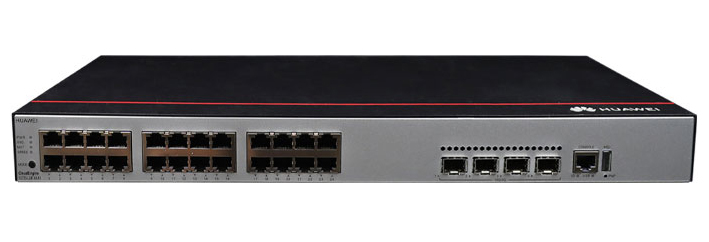
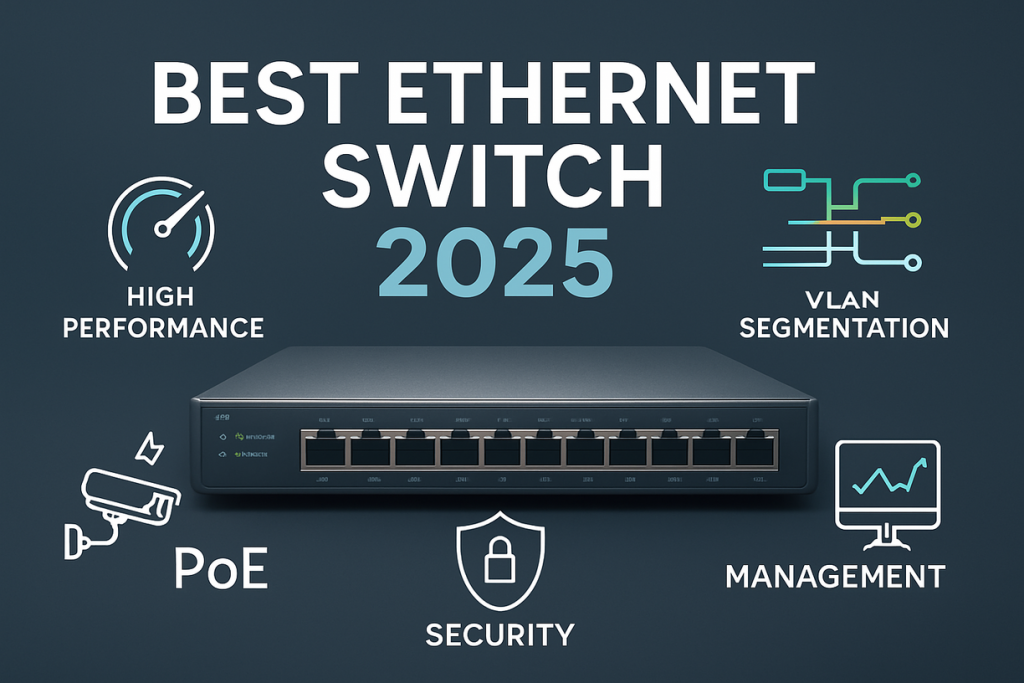


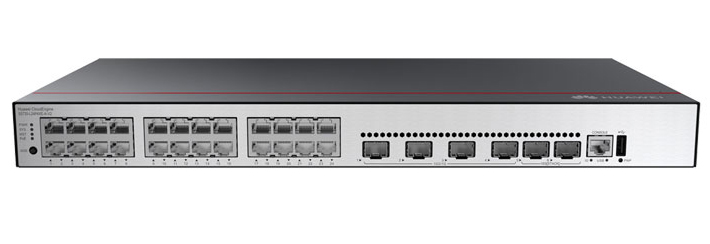
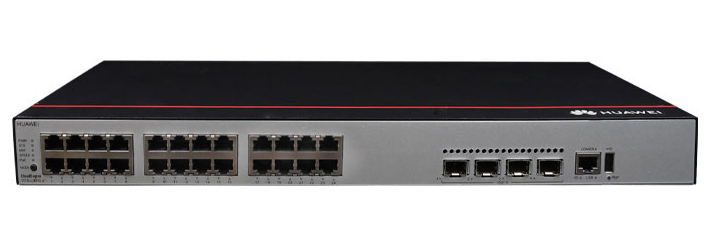

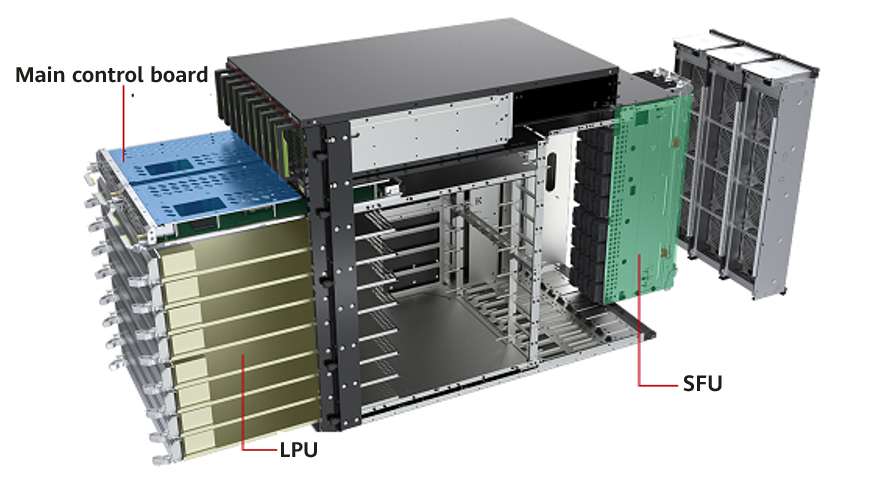


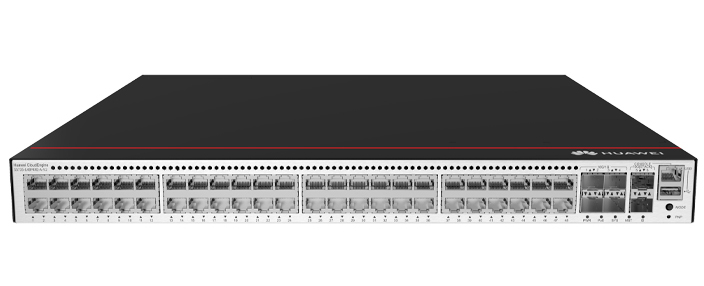
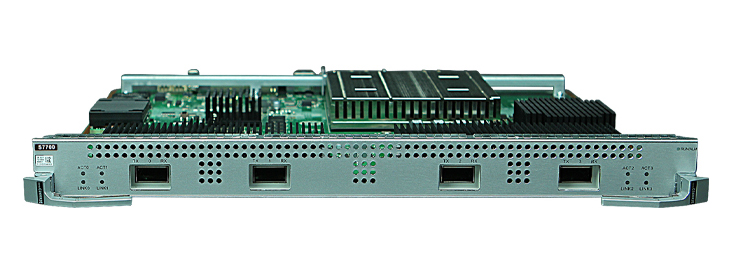

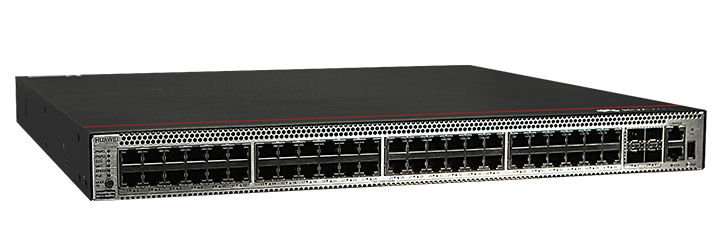
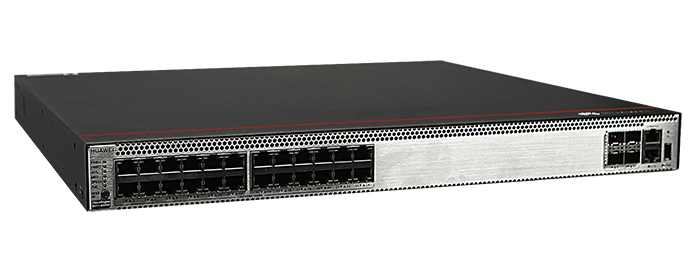

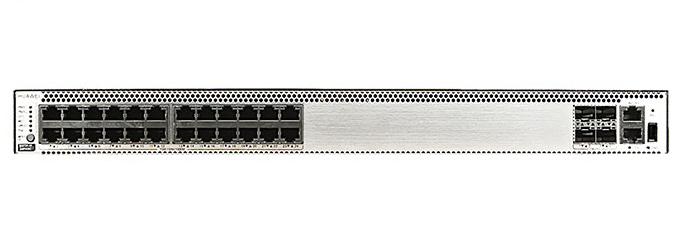
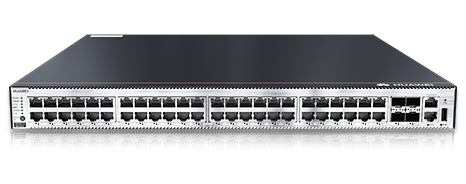
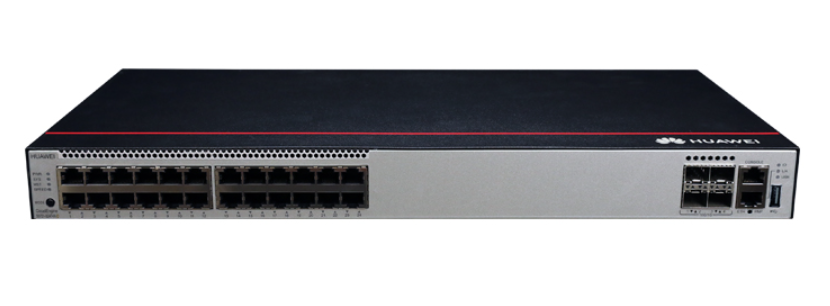
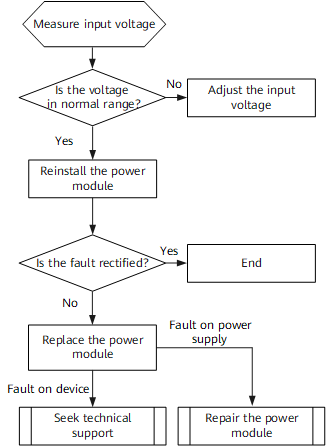

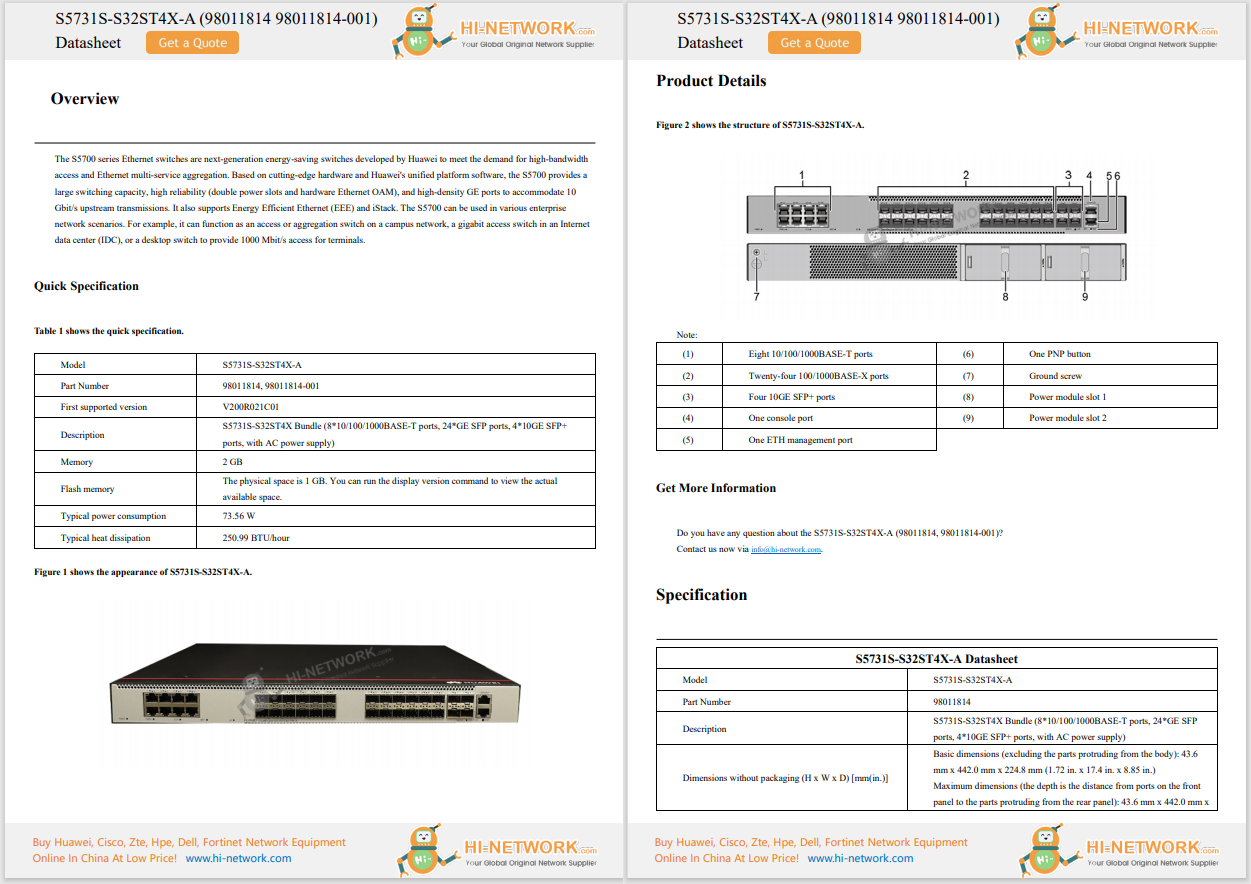
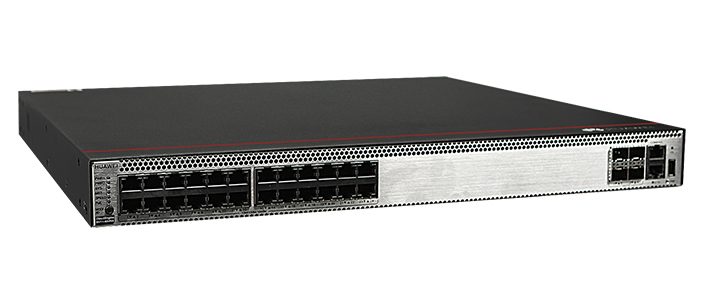
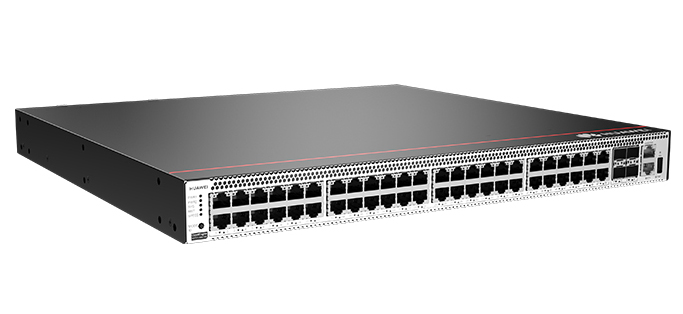

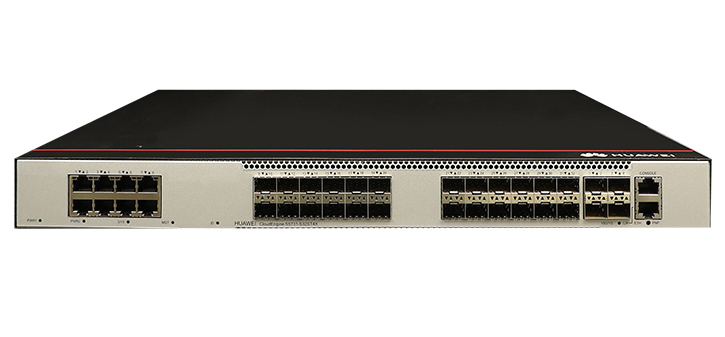

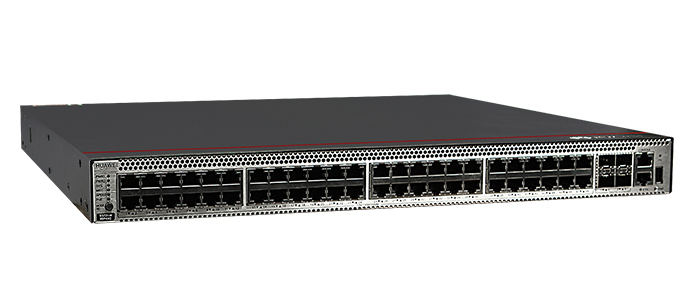



Microsoft wants you to upgrade to Windows 11, but the company doesn't make it easy. The latest version of Windows imposes strict hardware and security requirements, ruling out older PCs that don't make the grade and forcing you to buy a new system. Plus, the software giant makes it almost impossible to use a local account with a new Windows 11 installation.
But with Windows 10 losing support this coming October, you'll need to upgrade to Windows 11 if you want to retain Microsoft's help and get the latest security patches, bug fixes, and other updates. So, what can you do if you want to move to Windows 11 but are facing Microsoft's restrictions?
Also: How to upgrade your 'incompatible' Windows 10 PC to Windows 11
To update my older PCs, I use Rufus, a handy and free Windows installation tool. Designed to run or install Windows from a USB drive, Rufus will help you sneak past Microsoft's most stringent requirements. You can tell Rufus to sidestep the hardware constraints, bypass the need for a Microsoft account, and adopt a name for the local account you want to use.
You're able to skirt past the hardware restrictions whether you're upgrading your existing Windows 10 PC or installing Windows 11 on a clean computer. The account type you use depends on whether you're upgrading or installing Windows 11 from scratch. An upgrade to Windows 11 will preserve whatever type of account you set up in Windows 10 -- local or Microsoft. With a fresh install, however, Rufus will let you choose a local account, which Microsoft doesn't easily allow.
Sounds good, right? There are some potential pitfalls to installing Windows 11 on unsupported hardware.
You could bump into driver conflicts or other incompatibilities. Windows 11 itself may not run as fast or as effectively as it would on a more modern and powerful PC. Microsoft won't support this process and cautions that you might not receive bug fixes or other patches. Still, this can be a useful option if you don't want to buy a brand-new PC or would just like to hang on to your existing system a while longer.
Also: Wiping a Windows laptop? Here's the safest free way to erase your personal data
Here's how this all works.
What you'll need: Before you can use Rufus, you'll need an ISO file of the latest version of Windows 11, which you can get from Microsoft's website. You'll also need a USB drive with at least 8GB of space.
To snag the Windows 11 ISO file, browse to the Download Windows 11 webpage. Scroll down to the section that says "Download Windows 11 Disk Image (ISO)," select Windows 11 from the drop-down menu, and then click the Download Now button. Choose the product language, click Confirm, and then click the Download button to save the ISO file to your PC.
Next, browse to the Rufus website. Scroll down to the Download section and click the link for the latest version of Rufus for your version of Windows. Run the downloaded EXE file to launch the program -- no installation required. Insert a USB stick into your PC. Note that Rufus will completely reformat your USB drive with the Windows 11 installation files.
At the Rufus window, click the Select button near the top and select the Windows 11 ISO file that you downloaded. Under "Image option," confirm that the field says Standard Windows installation. At the top of the screen, make sure the Device field is pointing to the USB drive you want to use. If not, click the drop-down menu and select the drive. You can leave the other settings alone. When you're ready, click the Start button at the bottom of the window.
Also: Windows 11: Do these six things right away after you finish setup
At the pop-up window, check the box for "Remove requirement for 4GB+ RAM, Secure Boot, and TPM 2.0." This should ensure that the Windows 11 installation won't be blocked if your PC doesn't qualify. Keep in mind that Microsoft has cautioned against running Windows 11 on an unsupported computer, so this is an unofficial workaround.
Click OK to confirm. Click OK again to set up your USB drive. Wait until the drive is formatted and created with the necessary Windows 11 installation files. When you're done, make sure the USB drive is connected to the Windows 10 computer you want to upgrade or the PC on which you want to install Windows 11 from scratch.
For an upgrade, open the USB drive in File Explorer and double-click the EXE file for Windows 11. On a clean PC, boot off the USB drive to install a fresh copy of Windows 11. Go through the Windows setup process. The setup should pass with flying colors even though Windows 11 may not support your hardware.
Also: The best Windows laptops you can buy: Expert tested and reviewed
After the setup is complete, you'll be taken to the Windows 11 desktop. If you upgraded from Windows 10, make sure that all your apps, files, and settings are intact so you can begin using the new version. If you're starting fresh with Windows 11, you can now install the apps you need and tweak the settings as you see fit.
If you're installing Windows 11 on a clean PC and want to choose a local account, you can use Rufus to beat Microsoft at its own game. For this to work, you have to specify the name of the local account. Again, set up Rufus and click the Start button. At the pop-up window, check the boxes for "Remove requirements for an online Microsoft account" and "Create a local account with username." Then, type the local account name you wish to use.
Click OK and then OK again. After Rufus formats the drive and sets it up with the Windows 11 installation files, insert it into the computer on which you want to install the OS.
Restart your computer and press the appropriate key to go to the boot menu. Boot off the USB drive, and the Windows 11 installation should start. Go through the usual setup screens, and your specified local account will be applied automatically.
Also: How to switch from a Microsoft account to a local account, and tricks to avoid a Microsoft account
After the setup is finished, you should be taken to the Windows 11 desktop. You now need to create a password for your local account. Sign out or restart your PC. Back at the sign-in screen, you'll be told that your password must be changed before signing in. Click OK. At the next screen, leave the Password field blank. Enter the password you want to use in the "New password" and "Confirm password" fields, and then click the right arrow next to the Confirm password field. Click OK, and you should be returned to Windows 11.
Sign back in to Windows 11 with your local account. To view details on the account, go to Settings and select Accounts. Your local account should be shown by name.
Get the biggest stories in tech every Friday with 'sWeek in Review newsletter.